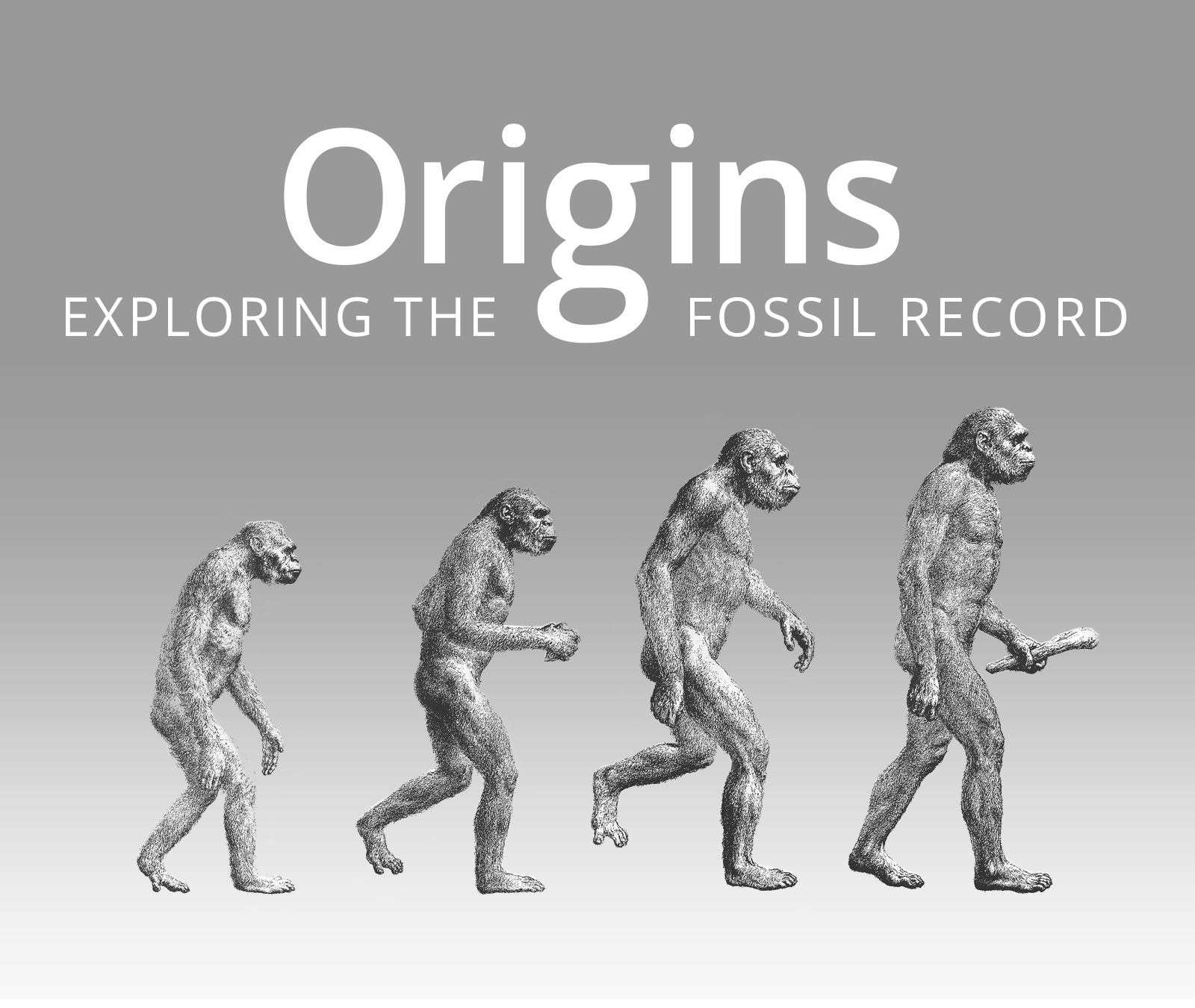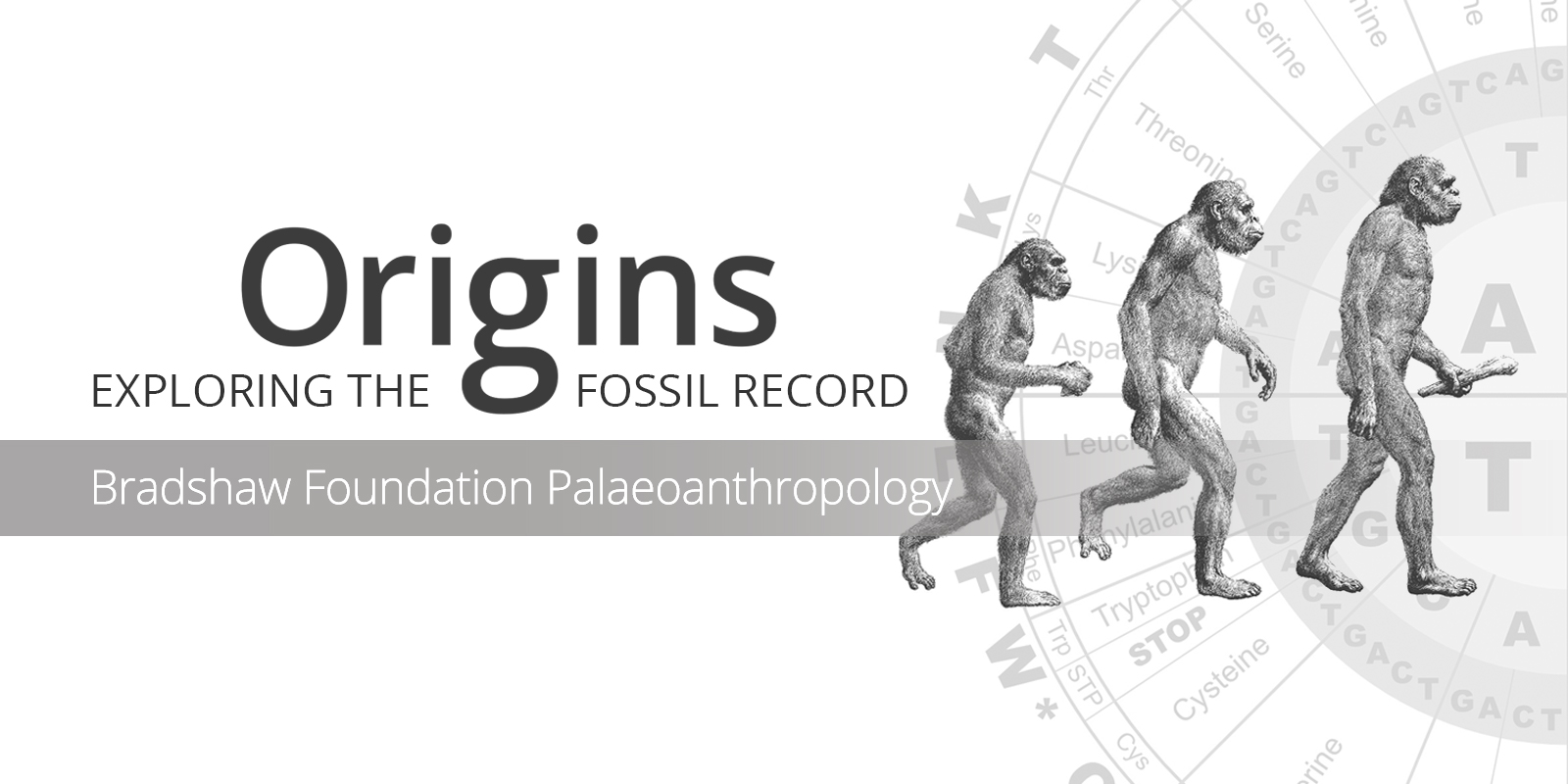Homo habilis
Homo sapiens
Hominin traits
Archaeological industry/Technocomplex including art
Period in human prehistory: M = Mesolithic; N = Neolithic; B = Bronze Age; I = Iron Age;
Geological epoch
* Note: Table based past and current research and scientific consensus
Homo habilis
Homo sapiens
Hominin traits
Archaeological industry/Technocomplex including art
Aur = Aurignacian; Mag = Magdalenian;
Grav = Gravettian; Sol = Solutrean
Period in human prehistory:
M = Mesolithic; N = Neolithic;
B = Bronze Age; I = Iron Age;
Geological epoch
* Note: Table based past and current research
and scientific consensus
| HOMO HABILIS |
 |
| Genus: |
Homo |
| Species: |
Homo habilis |
| Other Names: |
Handy Man |
| Time Period: |
2.4 to 1.4 million years ago |
| Characteristics: |
Tool Maker |
| Fossil Evidence: |
• Cranium, Koobi Fora, Kenya
• Fossils, Olduvai Gorge, Tanzania |
Homo habilis, known as 'handy man' is a species of the genus Homo which lived from approximately 2.33 to 1.4 million years ago, during the Gelasian Pleistocene period. The discovery and description of this species is credited to both Mary and Louis Leakey, who discovered the fossils in Tanzania between 1962 and 1964. Homo habilis was believed to be the earliest known species of the genus Homo, until 2010 with Curnoe’s research into
Homo gautengensis.
In its appearance and morphology, Homo habilis is the least similar to
modern humans of all species in the genus. Homo habilis was short and had disproportionately long arms compared with modern humans, but with a less protruding face than the australopithecines from which it is thought to have descended. Its cranial capacity was less than half of the size of modern humans. Fossil remains are often accompanied by primitive stone tools, hence the soubriquet 'handy man'. Generally, fossil remains demonstrate an australopithecine-like body with a more human-like face and smaller teeth.
Homo habilis has often been thought to be the ancestor of
Homo ergaster, itself the ancestor of
Homo erectus, but debates continue; was Homo habilis a direct human ancestor? Some argue Homo habilis was made up of fossil specimens of
Australopithecus and Homo. Others argue that Homo habilis and Homo erectus were separate lineages from a common ancestor instead of Homo erectus being descended from Homo habilis [Spoor et al. 2007].
Homo habilis, although a scavenger rather than a master hunter, is thought to have mastered the Lower Paleolithic
Olduwan tool set which utilized stone flakes. These stone flakes were more advanced than any tools previously used, and gave Homo habilis the edge it needed to prosper in hostile environments previously too formidable for primates. Whether Homo habilis was the first hominid to master stone tool technology remains controversial, as
Australopithecus garhi, dated to 2.6 million years ago, has been found along with stone tool implements at least 100,000 to 200,000 years older than Homo habilis.
Homo habilis co-existed with other Homo-like bipedal primates, such as
Paranthropus boisei, some of which prospered for many millennia. However, Homo habilis, possibly because of its early tool innovation and a less specialized diet, became the precursor of an entire line of new species, whereas Paranthropus boisei disappeared from the fossil record. Homo habilis may also have coexisted with Homo erectus in Africa for a period of 500,000 years [Urquhart 2007].
Stone tools older than humans?

Reconstruction of Homo habilis
Stone tools may be older than humans: complex tool-making in Africa might have begun before the genus Homo. An online article on Nature by Ewen Callaway - Oldest stone tools raise questions about their creators - asks if the 3.3 million-year-old implements predate the first members of the Homo genus.
The Lomekwi stone tools - the oldest known - are now thought to disprove the fact that complex tool-making began with the genus Homo; a more ancient hominin ancestor may have been responsible.
Initially, the work of Louis and Mary Leaky in the 1950's and 1960's in the Olduvai Gorge in Tanzania led to the term Homo habilis - the handy man - marking the beginning of human stone-tool use, with the Oldowan tools dated at 2.6 million years ago, coinciding with (or triggered by) climate changes which transformed forest to savannah. A new environment called for new 'crafted' tools; striking a rock with another, to produce a sharp edge.
In 2010 fossil bones with marks at the Dikika archaeological site in Ethiopia from 3.4 million years ago, attributed to
Australopithecus afarensis ('Lucy'), were thought to demonstrate early tool use, but this still remains controversial.
Now the latest research at the Lomekwi site (above) near Kenya's Lake Turkana has revealed tools that were made through a flaking process, from sediments dated to around 3.3 million years ago. These tools are also much larger - up to 15 kg - than the Oldowan artefacts, representing a distinct culture - the Lomekwian culture. Researchers do not know with certainty who made the tools, possibly Kenyanthropus platyops or Australopithecus afarensis. The tools were made in a forest environment, not a drier savannah environment, which negates the climatic determinism referred to earlier.
Research is ongoing (Nature 520, 421 (23 April 2015) doi:10.1038/520421a), as is the debate.











